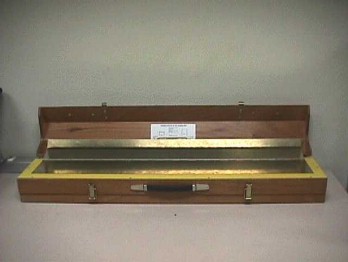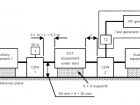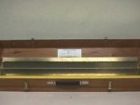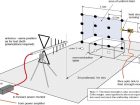Immunity to electrostatic discharge
Electrostatic discharge (ESD) tests aim to establish a reproducible common test to assess the behavior when applying electrostatic discharges. The following information should be taken into account when establishing the tests:
- Checking the operation of equipment by applying levels of electrostatic discharge disturbance that simulate those produced by operators acting directly on equipment or indirectly through adjacent objects.
- When two bodies with different dielectric constants come into repeated contact, they can exchange charges and so become charged. When one of these comes into contact with a body with low ground resistance, the charge is discharged through it and both potentials are equalized.
- For example, a person may become charged due to an exchange of charges between the sole of their shoes and the ground they are walking on, or else due to the friction of their clothes. If this person then touches a piece of equipment, the discharge is released, flowing through the equipment towards the ground, which can cause serious damage to internal electronic circuits.
There are two types of electrostatic discharge:
1) Direct discharge to the equipment
- Contact discharge, where the tip of the ESD generator remains in contact with the equipment under test.
- Air discharge, where the test simulates the approach of a finger of one hand to the equipment under test.
2) Indirect discharge:
- On coupling planes, to simulate the effects of discharge on equipment or objects adjacent to the equipment under test.
⇒ Levels: Depends on the standard: from 2kV to 8 kV for contact discharges; from 2kV to 15kV for air discharges.
⇒ Criterion: After the test, the equipment must be able to operate without any degradation or loss of function. A certain degradation of performance is allowed during the test (criterion B, usually).
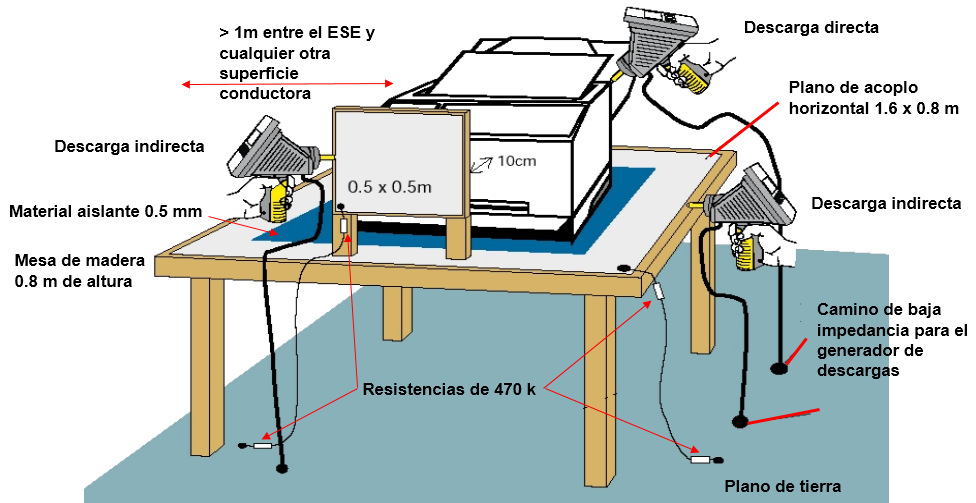
Test configuration
Electrical transients
- This test checks equipment operation by applying repetitive electrical transient bursts over AC, DC, and signal and telecommunication power lines.
- Electrical transients and/or bursts are generated by switching manoeuvres in the interruption of inductive loads and contact bounce in relays, motors, compressors, etc.
- Other types of equipment that unintentionally produce RF electromagnetic radiation energy include inductive load switches, arc welding equipment, fluorescent lights, etc.
⇒ Levels: Depends on the standard: from 500 V to 4 kV.
⇒ Criterion: After the test, the equipment must be able to operate without any degradation or loss of function. A certain degradation of performance is allowed during the test (criterion B, usually).
Power
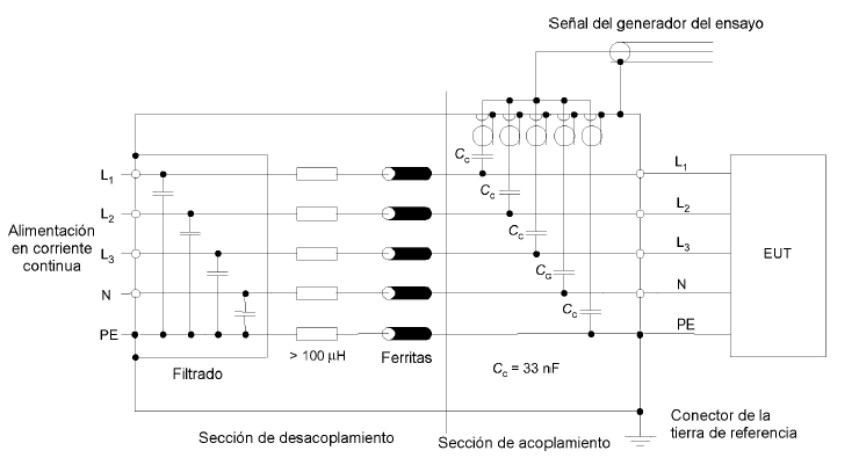
Coupling and decoupling networks
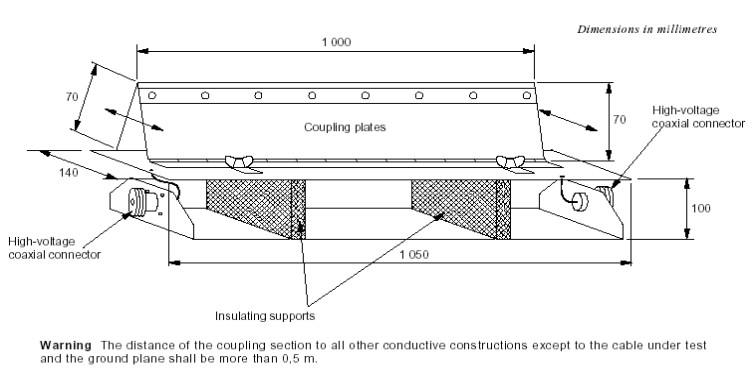
Coupling and decoupling networks
Shock waves
- This test checks equipment operation by applying bursts of overvoltage and overcurrent on AC, DC, signal and telecommunication power lines.
- Unidirectional shock waves are caused by transient overvoltages, such as those caused by lightning strikes or switching operations.
- The effect of a direct lightning strike on the equipment is not considered.
- Application: In common and differential mode. Furthermore, in the case of AC, the wave is coupled at different phase angles.
⇒ Levels: Depends on the standard: from 500 V to 4 kV.
⇒ Criterion: After the test, the equipment must be able to operate without any degradation or loss of function. A certain degradation of performance is allowed during the test (criterion B, usually).
Line – Line
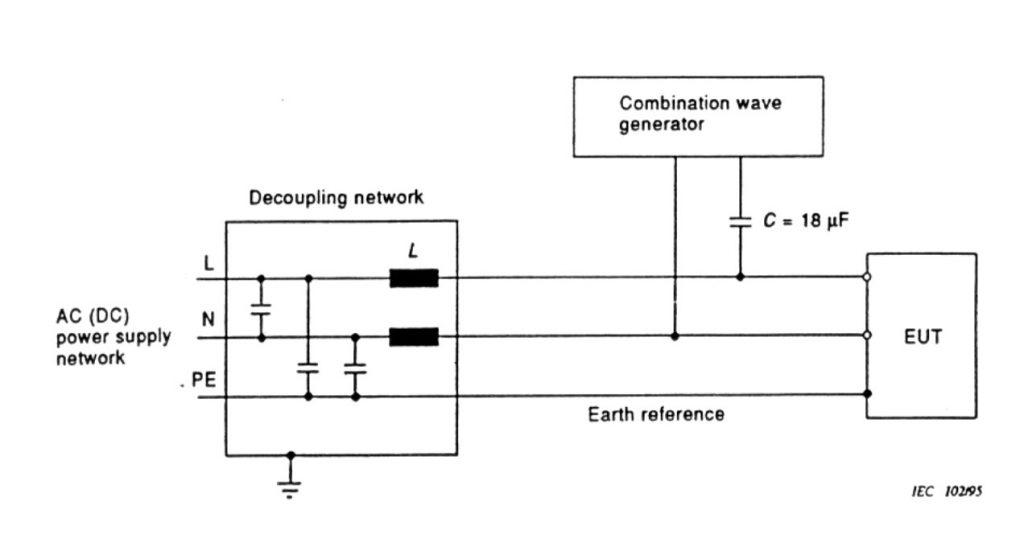 Test configuration – Capacitive coupling AC / DC lines
Test configuration – Capacitive coupling AC / DC lines
Line – Ground
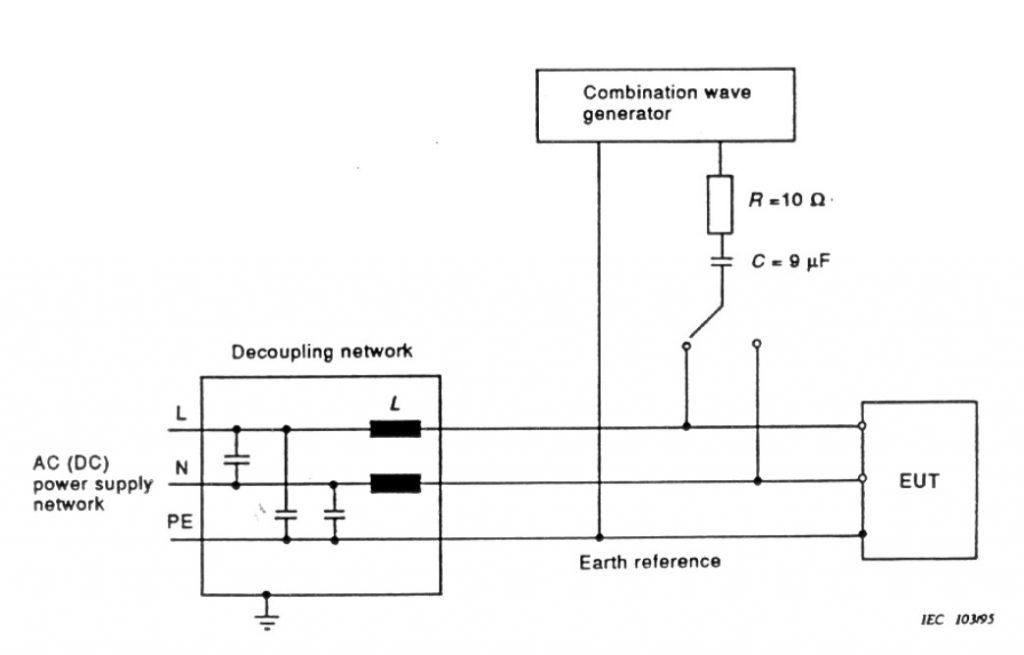 Test configuration – Capacitive coupling AC / DC lines
Test configuration – Capacitive coupling AC / DC lines
- Quantum Key Distribution - 7th November 2022
- Conducted Immunity - 20th May 2019
- Electrical transients Test - 2nd May 2019

